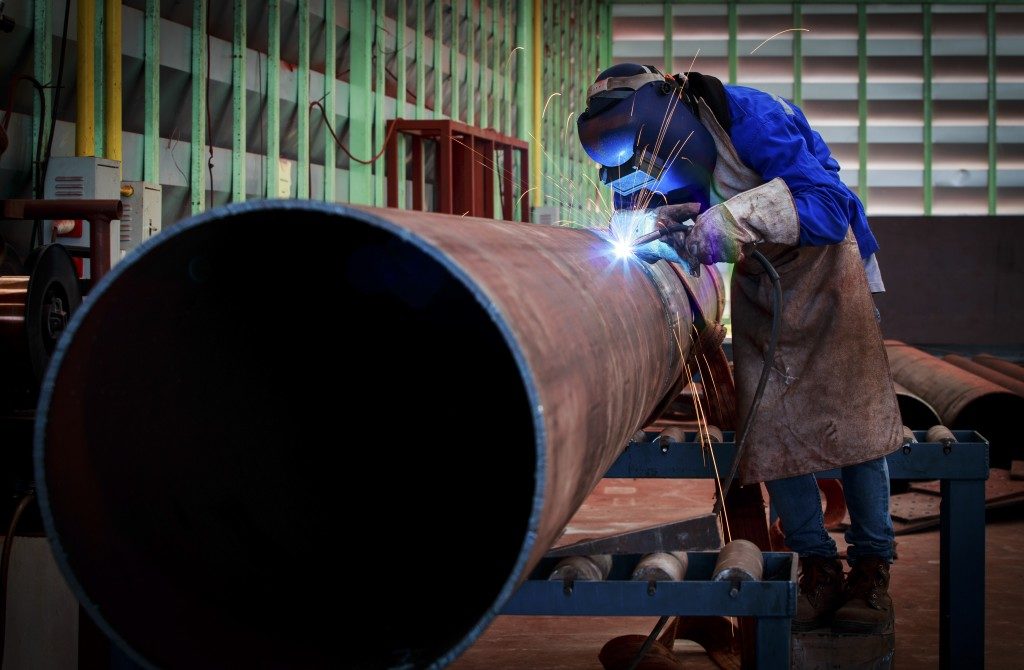Virtually all machines nowadays feature a pipe or two to convey different elements and join various components. Venturing into the pipe fabrication industry could be a profitable venture. This is, however, only the case for fabricators who also invest in the best quality machines. Before settling on your ideal machines, you should choose whether you will be fabricating seamless or welded pipes. Welded pipes are nowadays the most common since they are inexpensive and feature uniform thickness and optimal tube shapes.
High-quality pipe rotators for welding projects are among the key machines all fabricators based in Australia and beyond need for their venture. Turning rolls, as welding rotators are also called, are meant to keep your metal sheets in place and rotate the cylindrical parts you are fabricating around a horizontal axis. They are also used for cladding or depositing a filler metal on your workpiece to confer different properties to the welded pipe.
Several alternatives exist for the welds you can have for your pipes based on the pipe’s intended use. Find out more about these alternatives.
Groove Joints
These are also known as butt joints and are the most popular choice in pipe manufacturing. Butt joints are used to join flanges, fittings, and valves to generate a secure attachment. They are frequently used in cases where high-quality welds are needed, and the joints are at times investigated using X-rays to check their quality.
When making a groove weld, you should ensure that it penetrates your workpiece at the right level and leaves no hollow sections that would otherwise weaken your connection. The pipes should also be positioned correctly to avert the creation of wide gaps.
Fillet Joints
These account for about 70% of arc welded pipe joints. There is no edge preparation needed for fillet joints, and their assembly is far easier than that of other joints. These make them cheaper compared to butt welds. In pipe manufacturing, fillet joints are often used to join socket joints in pipe sizes of NPS 2 at most and in cases where slip-on flanges are going to be used.
Lap Welded Joints

These suffice for the joining of two pipes of varying thicknesses. Though at times considered a type of fillet joint, the lap welded joint can be made on one side of your pipe or both sides, unlike the fillet. It is formed by the overlapping of two pieces, one on another.
Edge Welded Joints
These are commonly used on sheet metal parts with flanging edges and those positioned welds should be made for attachment to adjacent pipes. In edge joints, you will set your workpieces side by side before welding them on the same edge. Filler materials can be added to the melt to fuse it and reinforce the pipe.
The above joints will make all the difference in the integrity and durability of your welded pipe. A skilled workforce and the right materials are only part of what you need to achieve these properties in pipe fabrication. Your machines make the other crucial elements of your equation. This makes it more essential to invest in the best quality machinery for making the welds.

